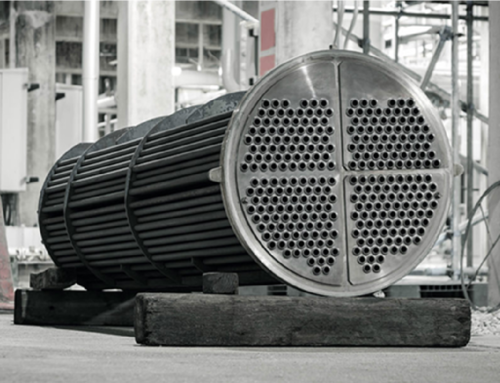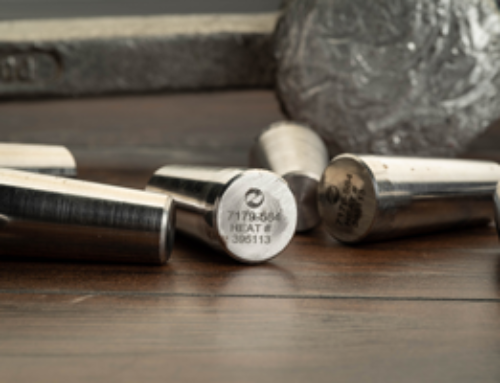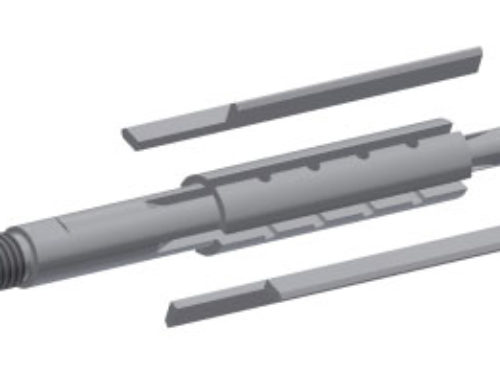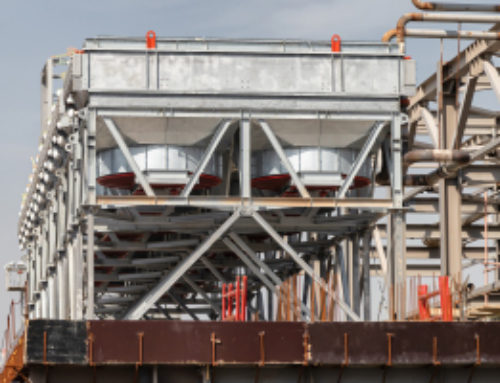
El objetivo de los rodillos de tubo es crear un sello mecánico o junta a prueba de fugas. Sin embargo, en casos en los que la junta no tiene los rodillos correctos o si empieza a cambiar con el tiempo, pueden ocurrir fugas. Las fugas también pueden ocurrir debido a orificios que se forman dentro del tubo, por acumulación de depósitos, corrosión, uso de cabezales de limpieza incorrectos, además de otros factores numerosos. Como resultado, tapar los tubos es una necesidad común en todas las industrias.
One of the most overlooked best practices for plugging a tube is to vent the tube beforehand. Tube venting is a process by which a small puncture is made inside of the tube, releasing any pressure or chemicals that may be trapped inside. The term positive venting refers to the intentional creation of a pierced hole to vent the tube. The hole should be of sufficient size so that deposits cannot seal it while the heat exchanger is still in service.
Venting tubes prior to plugging is also a matter of safety. If leaking tubes are plugged without being vented, corrosion deposits or polymerized process fluids can seal the perforation or crack that led to the original leak. Fluid is then captured inside the tube, which can cause a buildup of pressure- enough to eject the tube plug and cause injury to nearby operators or equipment. Positive venting will also prevent such occurrences as fire, explosion, or release of toxic or noxious materials to the atmosphere during re-tubing and the plug removal process.
Due to the severity of these concerns, venting is highly recommended for oil refinery, petrochemical, chemical and other processes that utilize heat exchangers and feed water heaters. Additionally, it is important to note that many companies vent both the top and the bottom of the tube, to prevent any issues from occurring later on. For example, if any corrosion deposits or polymerized process fluids are left behind, they may seal the lower tube puncture. By venting in two places, you can prevent pressure from building up inside of the tube later on.
NOTE: Some companies tend to vent both the top and the bottom of the tube. This ensures that the pressure can not later build-up inside the tube. Only venting the bottom of the tube could potentially cause risks later down the line if the puncture is sealed due to corrosion deposits or polymerized process fluids.
Determine a qué distancia del extremo superior del tubo desea hacer el corte y fije el anillo de expansión en su lugar.
Inserte el cortador en el tubo y empiece a girar el cortador hacia la derecha.
Cuando empiece a sentir alguna resistencia, gire la herramienta un cuarto de vuelta más para perforar el tubo.
Gire el cortador hacia la izquierda para volver a colocar la broca del cortador. Una vez se haya retraído la broca, se puede extraer el cortador.




